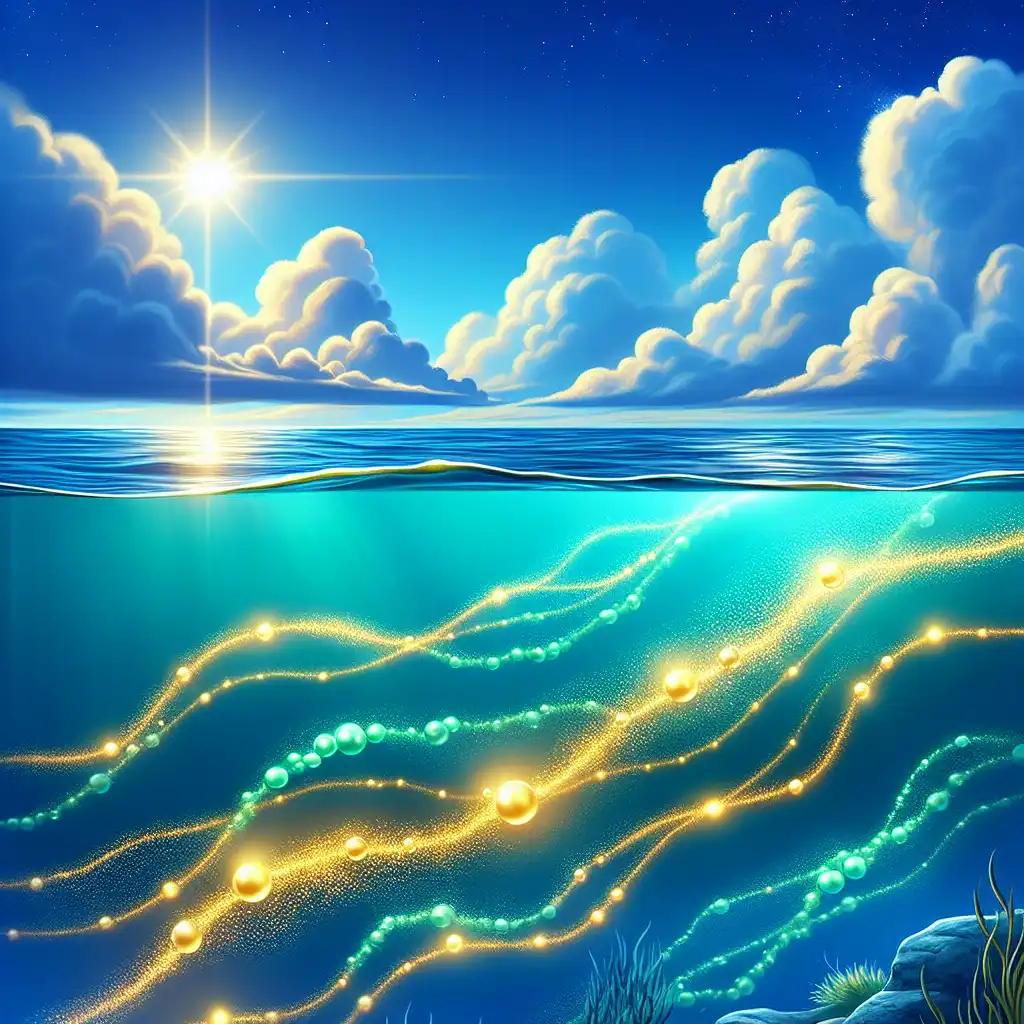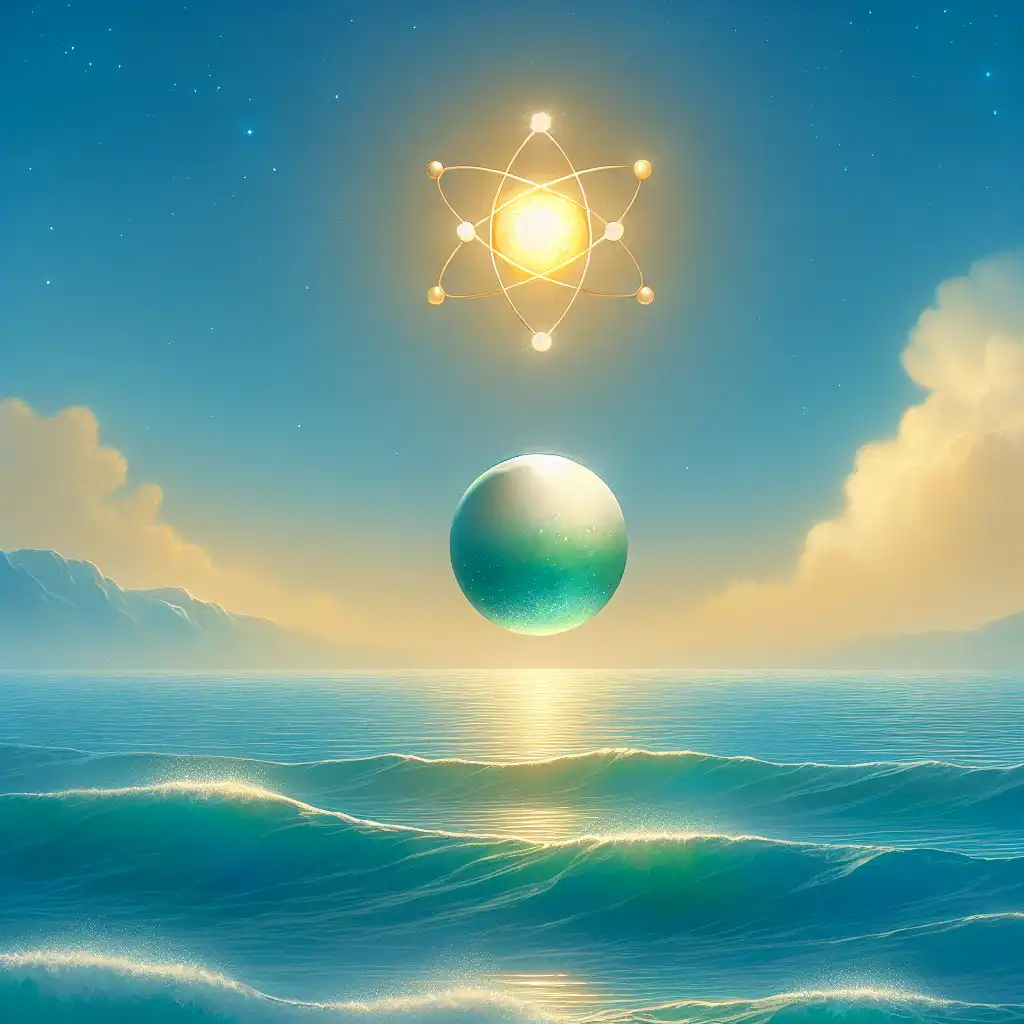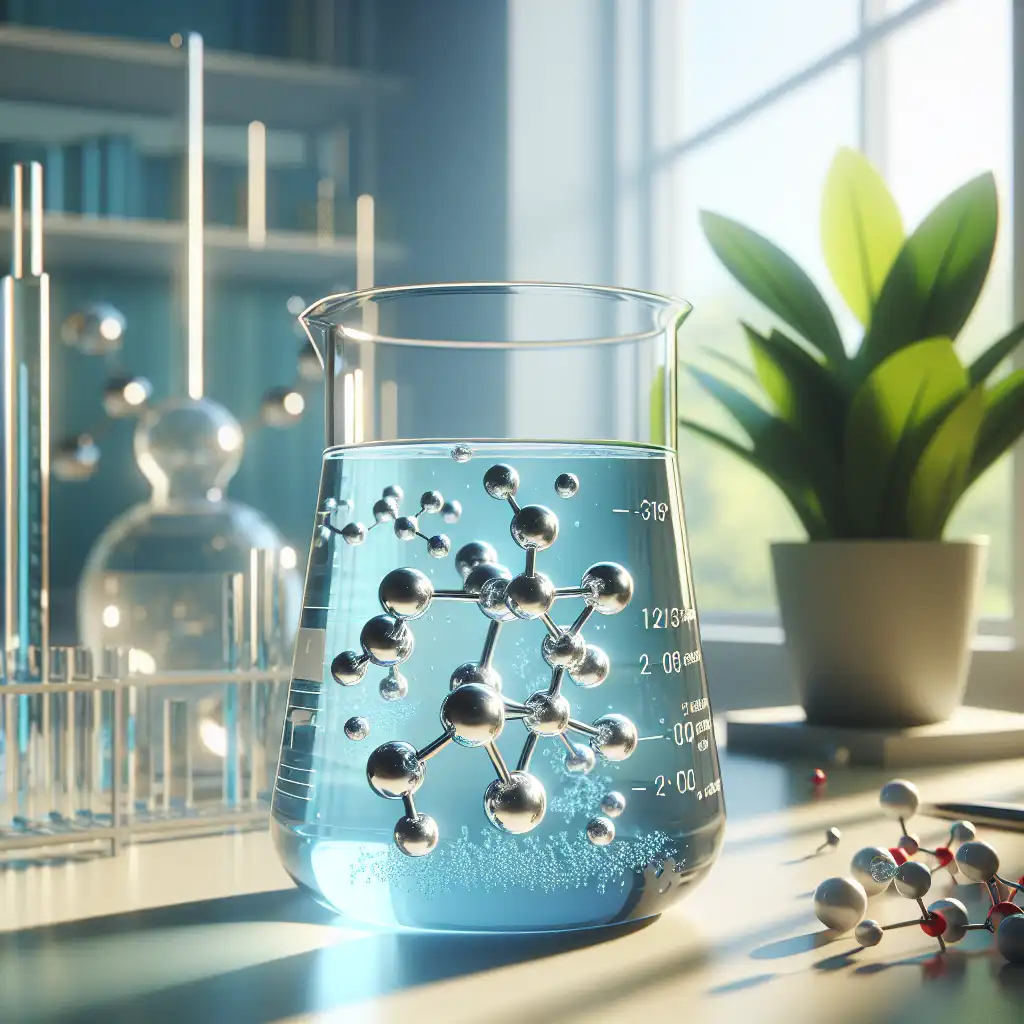
Ion
Electric Charge
Ions have an electric charge, making them important in electricity and reactions.  In salt water, the sodium and chloride ions conduct electricity.
In salt water, the sodium and chloride ions conduct electricity.
Common Types
The most common ions are cations with a positive charge and anions with a negative charge.  Sodium is a common cation, while chlorine is a common anion.
Sodium is a common cation, while chlorine is a common anion.
Scientific Context
Ions are often discussed in science classes or texts, not everyday conversation.  We'll need to calculate the number of magnesium ions in this solution.
We'll need to calculate the number of magnesium ions in this solution.